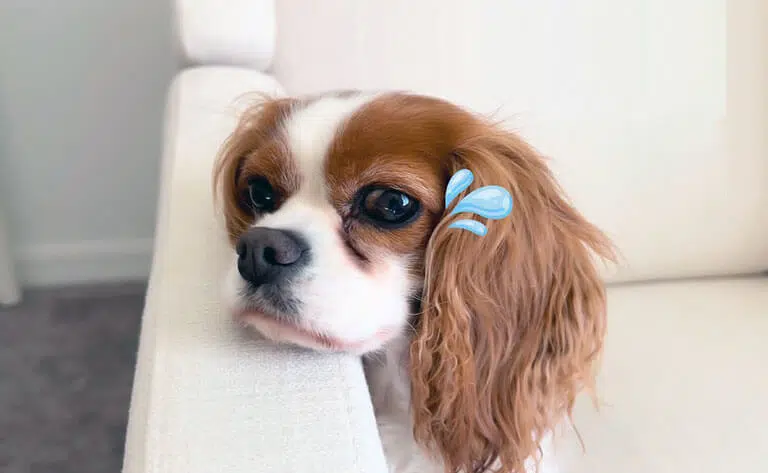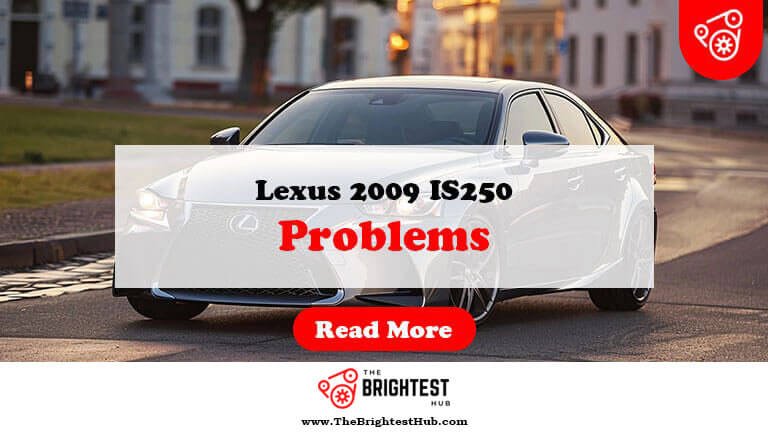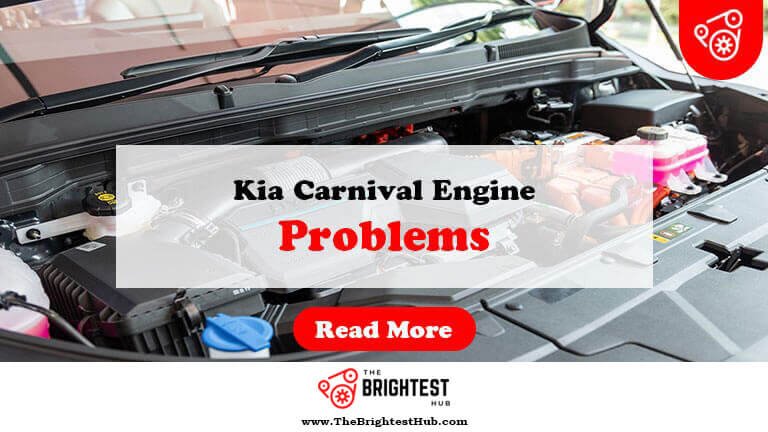Cavalier Eye Problems: Essential Tips for Healthy Vision
Cavalier King Charles Spaniels often face eye problems, including cataracts and retinal issues. Regular veterinary check-ups are crucial for early detection and treatment.
Cavalier King Charles Spaniels are beloved for their friendly nature and stunning appearance. Unfortunately, they are prone to specific eye problems that can significantly impact their quality of life. Common issues include cataracts, which can lead to blindness, and retinal diseases that affect vision.
Early detection is essential, as many of these conditions can be managed with appropriate care. Owners should be vigilant for signs like excessive tearing, redness, or squinting. Regular veterinary visits play a vital role in maintaining eye health and ensuring your pet enjoys a happy, active life. Awareness and proactive measures can make a significant difference in your Cavalier’s well-being.
Introduction To Cavalier Eye Health

Cavalier King Charles Spaniels are known for their loving nature and playful spirit. However, they are prone to various eye problems. Understanding their eye health is crucial for their overall well-being. Regular check-ups and awareness can prevent serious conditions. This section explores the importance of eye care and common eye conditions in Cavaliers.
The Importance Of Eye Care
Proper eye care is vital for Cavaliers. Their eyes are sensitive and can easily develop issues. Here are some reasons to prioritize eye health:
- Prevent vision loss: Early detection helps save eyesight.
- Enhance quality of life: Healthy eyes lead to happier pets.
- Reduce vet costs: Preventative care can be more affordable.
- Maintain overall health: Eye issues can signal other health problems.
Common Eye Conditions In Cavaliers
Cavalier King Charles Spaniels face several eye problems. Here are the most common conditions:
| Condition | Description |
|---|---|
| Dry Eye (Keratoconjunctivitis Sicca) | Insufficient tear production causing discomfort. |
| Cataracts | Clouding of the lens, leading to vision loss. |
| Progressive Retinal Atrophy (PRA) | Degeneration of retina causing night blindness. |
| Cherry Eye | Prolapse of the third eyelid gland. |
Watch for signs of eye problems:
- Redness or swelling around the eyes.
- Excessive tearing or discharge.
- Cloudy or dull-looking eyes.
- Squinting or rubbing the eyes frequently.
Regular vet visits help maintain your Cavalier’s eye health. Keep an eye on their behavior and seek help if you notice any changes.
Recognizing Signs Of Eye Problems
Cavalier King Charles Spaniels are prone to various eye issues. Early detection is crucial for effective treatment. Knowing the signs of eye problems can help ensure your pet’s health. Pay attention to changes in behavior and appearance.
Symptoms To Watch For
Monitor your Cavalier for these common symptoms:
- Redness in the eyes or surrounding area
- Excessive tearing or discharge
- Squinting or closed eyes
- Cloudiness in the eye
- Behavior changes like rubbing the eyes
- Difficulty seeing or bumping into objects
- Swelling around the eyes
Each symptom can indicate a specific issue. Early identification leads to better outcomes.
When To Seek Veterinary Care
Take your Cavalier to the vet if you notice:
- Persistent redness or swelling
- Visible pain or discomfort
- Changes in vision
- Discharge that is thick or discolored
- Symptoms lasting more than 24 hours
Timely intervention can prevent serious complications. Regular check-ups are also beneficial.
Preventive Measures For Optimal Eye Health
Maintaining optimal eye health in Cavalier King Charles Spaniels is essential. Regular care helps prevent serious eye issues. Here are some key preventive measures to keep their eyes healthy.
Regular Check-ups
Frequent vet visits are crucial for early detection of eye problems. Schedule regular check-ups at least twice a year. During these visits, your vet will:
- Examine the eyes for any abnormalities
- Check for signs of common issues, like cataracts
- Assess overall eye health
Keep a record of your dog’s eye health history. This helps track changes over time. Early detection can lead to better treatment outcomes.
Protecting Eyes From Injury
Preventing eye injuries is vital for your Cavalier. Simple precautions can make a big difference:
- Keep sharp objects out of reach
- Use dog goggles during outdoor activities
- Avoid rough play with other pets
Be cautious around other animals. Monitor your dog during playtime. This keeps their eyes safe from accidental injuries.
Consider the following table for common eye hazards:
| Hazard | Prevention |
|---|---|
| Branches and Thorns | Use a leash in wooded areas |
| Small Objects | Keep play areas clear |
| Other Pets | Supervise interactions |
By following these steps, you can help ensure your Cavalier’s eyes stay healthy and safe.
Nutrition And Eye Health
Nutrition plays a crucial role in maintaining your Cavalier’s eye health. A balanced diet can help prevent common eye problems. Specific nutrients support vision and overall eye function. Feeding your dog the right foods promotes better health.
Best Foods For Eye Health
Certain foods are especially beneficial for eye health. Include these in your Cavalier’s diet:
- Carrots: Rich in beta-carotene, great for vision.
- Blueberries: Packed with antioxidants, they protect eyes.
- Spinach: Contains lutein and zeaxanthin for eye protection.
- Salmon: High in omega-3 fatty acids, supports eye function.
- Eggs: Provide lutein, zeaxanthin, and zinc for eye health.
Supplements For Eye Support
Some supplements can enhance your Cavalier’s eye health. Consider these options:
| Supplement | Benefits |
|---|---|
| Omega-3 Fatty Acids | Reduces inflammation and supports tear production. |
| Lutein | Helps filter harmful blue light, protects retina. |
| Vitamin E | Antioxidant that protects cells from damage. |
| Vitamin C | Boosts collagen production, supports eye structure. |
Consult your vet before adding any supplements. They can recommend specific dosages for your Cavalier.
Managing Common Eye Conditions
Cavalier King Charles Spaniels often face eye problems. Early detection and proper management are crucial. Understanding how to handle these common conditions can improve your pet’s quality of life.
Treatment For Dry Eye
Dry eye, or keratoconjunctivitis sicca, is common in Cavaliers. It occurs when the eyes do not produce enough tears. Symptoms include:
- Redness in the eyes
- Excessive blinking
- Discharge from the eyes
- Cloudy cornea
Treatment options include:
- Artificial tears: These help lubricate the eyes.
- Prescription medications: Cyclosporine can stimulate tear production.
- Regular vet check-ups: Monitor eye health consistently.
Proper management can keep your Cavalier comfortable and happy.
Dealing With Cataracts And Glaucoma
Cataracts cause cloudiness in the lens of the eye. They can lead to vision loss. Symptoms include:
- Cloudy appearance of the eye
- Difficulty seeing at night
- Change in behavior, such as bumping into objects
Common treatments for cataracts include:
| Treatment | Description |
|---|---|
| Surgery | Remove the cloudy lens and replace it with an artificial lens. |
| Medication | Manage symptoms and slow progression. |
Glaucoma is an increase in pressure inside the eye. It can lead to serious vision problems. Symptoms include:
- Painful eyes
- Redness and swelling
- Cloudy cornea
Treatment options for glaucoma are:
- Medications: Help reduce eye pressure.
- Surgery: Create a new drainage pathway for fluid.
Regular vet visits are essential for early detection and treatment.
Surgical Solutions And Innovations
Cavalier King Charles Spaniels face many eye problems. Surgical solutions offer hope and relief. New innovations improve outcomes for these beloved pets. Eye surgeries can restore vision and enhance quality of life.
Advancements In Eye Surgery
Recent advancements have transformed eye surgery for Cavaliers. Key techniques include:
- Laser Surgery: Minimally invasive with quick recovery.
- Phacoemulsification: Removes cataracts using ultrasound.
- Corneal Transplants: Restores damaged corneas.
These methods result in:
| Procedure | Benefits |
|---|---|
| Laser Surgery | Less pain, faster healing |
| Phacoemulsification | Clearer vision, quick recovery |
| Corneal Transplants | Improved eyesight, long-lasting results |
Recovery And Post-op Care
Recovery after eye surgery is crucial. Follow these steps for best results:
- Keep the pet calm and quiet.
- Use the prescribed medications on time.
- Prevent rubbing or scratching the eyes.
- Attend all follow-up appointments.
Signs of complications include:
- Redness or swelling around the eye.
- Excessive tearing or discharge.
- Changes in behavior or vision.
Prompt veterinary care is essential for any concerns.
Daily Eye Care Routine
Daily eye care is vital for your Cavalier King Charles Spaniel. These dogs often face eye problems. A consistent routine helps keep their eyes healthy. Follow these simple steps to ensure your dog’s eye health.
Cleaning Your Cavalier’s Eyes
Cleaning your Cavalier’s eyes is essential. Use a soft, damp cloth. Gently wipe away any discharge or tears. Follow these steps for effective cleaning:
- Gather supplies: soft cloth, warm water, and cotton balls.
- Soak the cloth in warm water.
- Gently wipe the corners of the eyes.
- Use cotton balls for stubborn discharge.
- Dispose of used materials safely.
Repeat this process daily. Regular cleaning prevents infections and irritation.
Eye Drops And Medications
Sometimes, eye drops or medications are necessary. Consult your vet before using any products. Here are common types of eye care products:
| Product Type | Purpose |
|---|---|
| Artificial tears | Moisturize dry eyes. |
| Antibiotic drops | Treat infections. |
| Anti-inflammatory drops | Reduce swelling and redness. |
Apply eye drops as directed by your vet. Monitor your Cavalier for any changes. Report unusual symptoms immediately.
Success Stories And Testimonials
Cavalier King Charles Spaniels face various eye problems. Many owners worry about their pets’ vision. However, hope shines through success stories. These tales inspire and offer guidance.
Real-life Recovery Stories
Many Cavalier owners have shared their success stories. Here are a few remarkable cases:
- Max – After surgery, Max regained full vision. His owner said, “Max is a new dog!”
- Lola – With proper eye drops, Lola’s tears improved. Her owner noticed a big change.
- Bella – Bella’s cataracts were treated. Now, she enjoys chasing squirrels again.
How Proper Eye Care Changed Lives
Proper eye care can transform a Cavalier’s life. Many owners report significant improvements.
| Owner | Issue | Solution | Result |
|---|---|---|---|
| Sarah | Dry Eye | Daily drops | Happy and active |
| John | Cataracts | Surgery | Clear vision |
| Emily | Corneal Ulcer | Medication | Full recovery |
These stories show the importance of early intervention. Regular vet check-ups help catch issues early. Happy dogs lead to happy owners.
Frequently Asked Questions
What Are Common Eye Problems In Cavaliers?
Cavalier King Charles Spaniels often face issues like cataracts, dry eye, and retinal problems.
How Can I Spot Eye Issues In My Cavalier?
Look for symptoms like squinting, redness, excessive tearing, or cloudiness in their eyes.
What Is The Treatment For Cavalier Eye Problems?
Treatment varies; options include medication, eye drops, or surgery depending on the specific condition.
How Often Should I Check My Cavalier’s Eyes?
Regular checks are recommended at least once a week to catch any early signs of eye problems.
Can Cavalier Eye Problems Be Prevented?
Maintaining a healthy lifestyle and regular vet visits can help prevent many eye issues in Cavaliers.
Conclusion
Cavalier King Charles Spaniels are prone to various eye problems that require attention. Regular vet check-ups can help detect issues early. Owners should remain vigilant about symptoms like redness or squinting. A proactive approach ensures your furry friend maintains good eye health and overall well-being.
Take action to protect those precious eyes!






